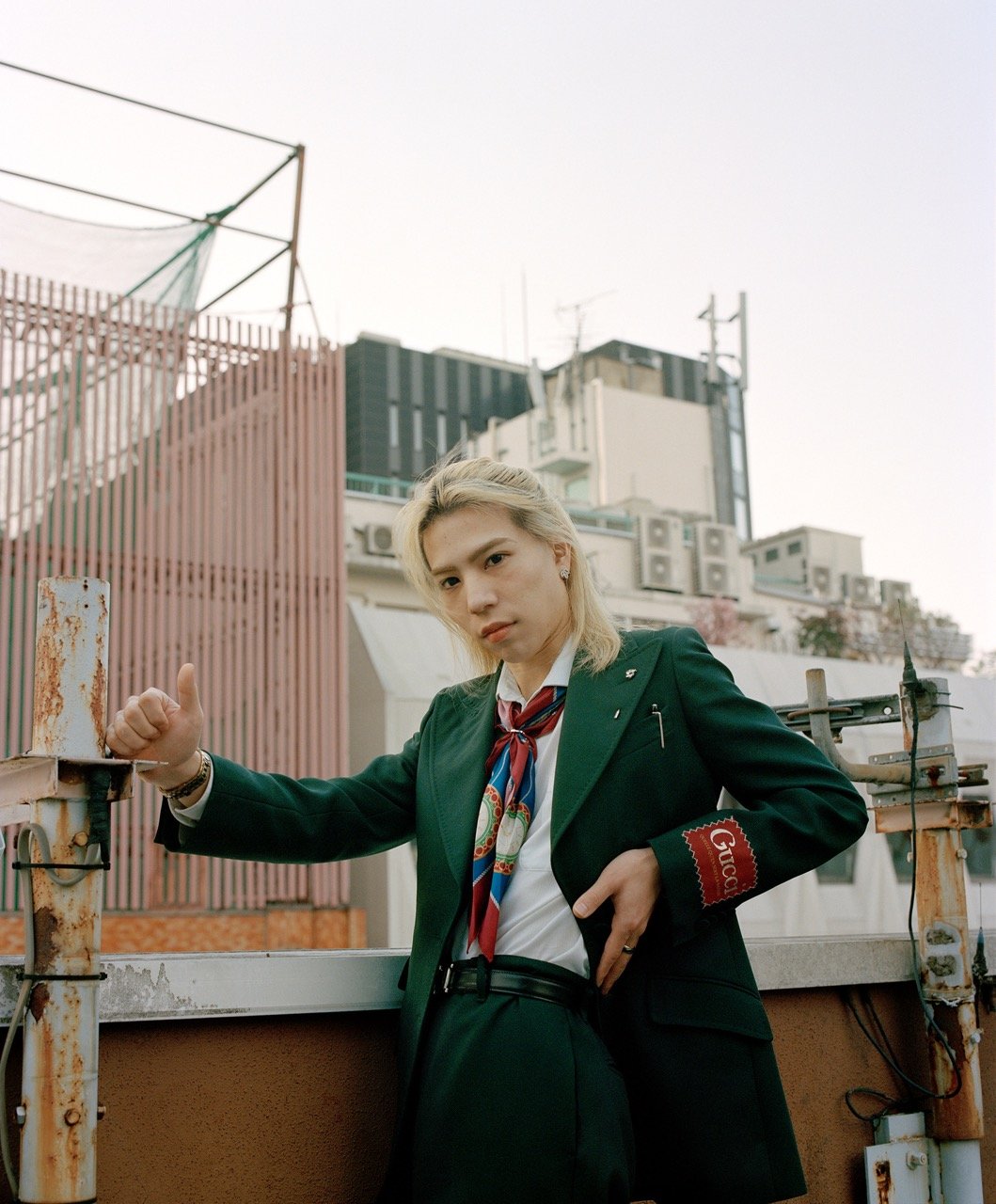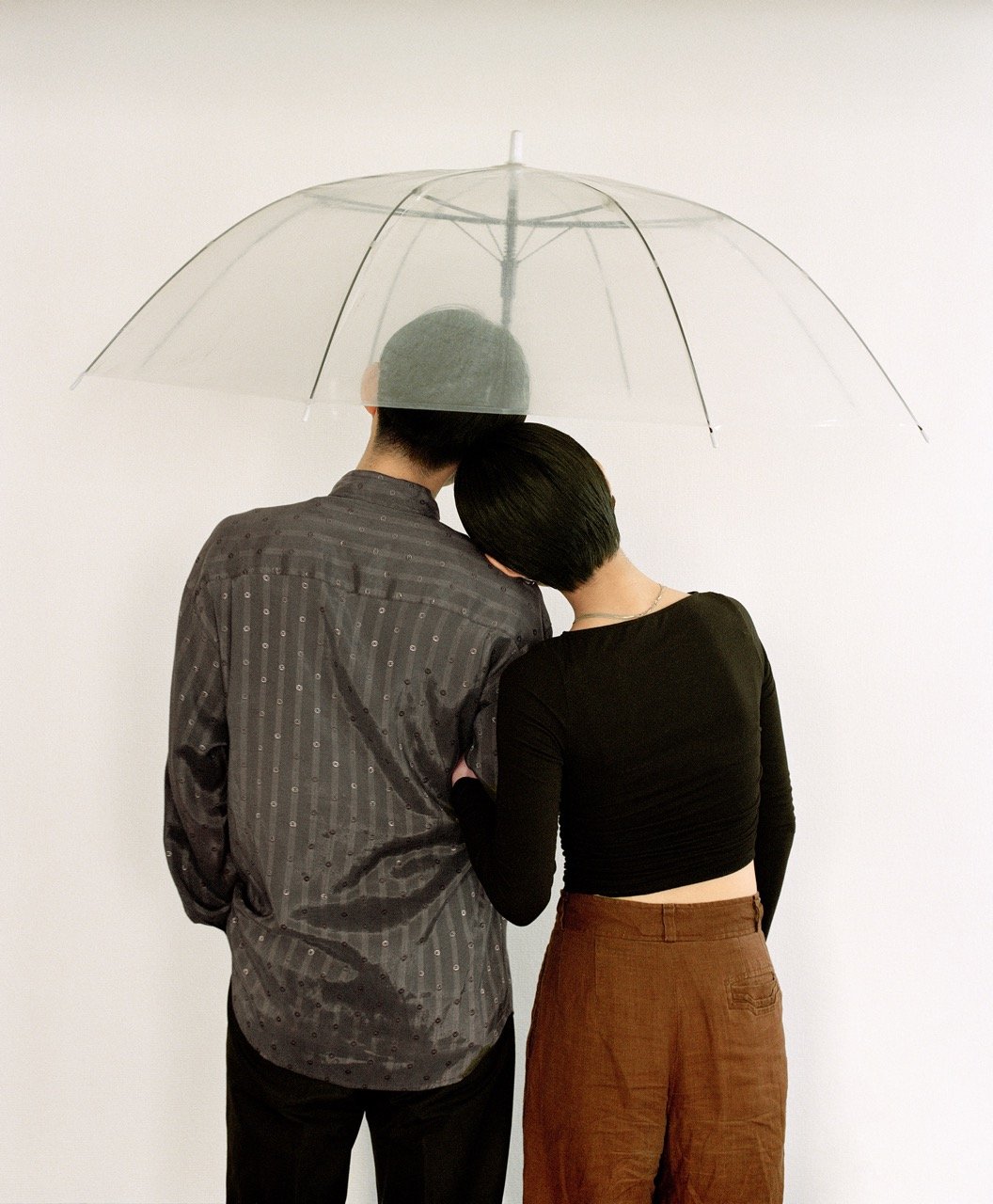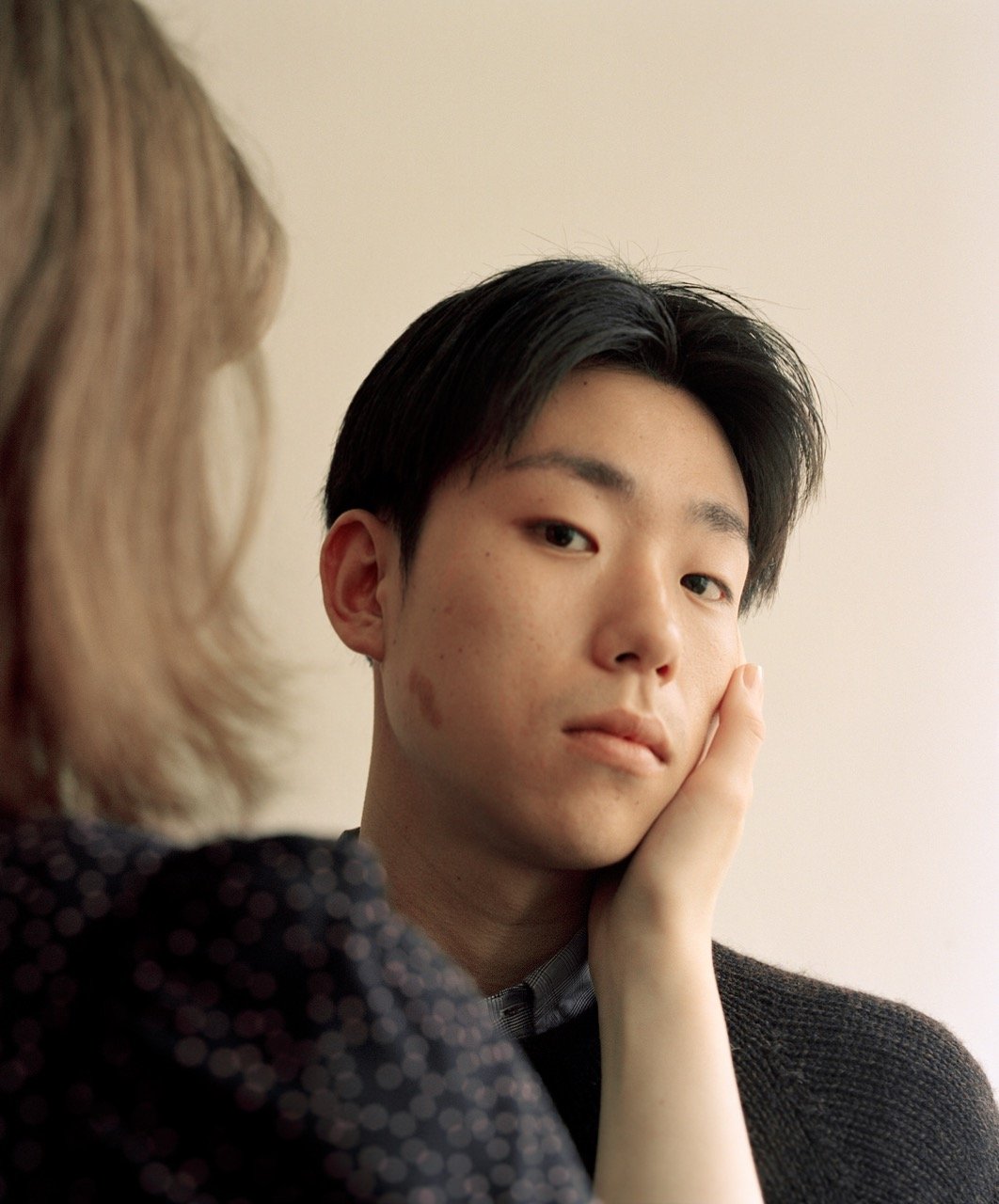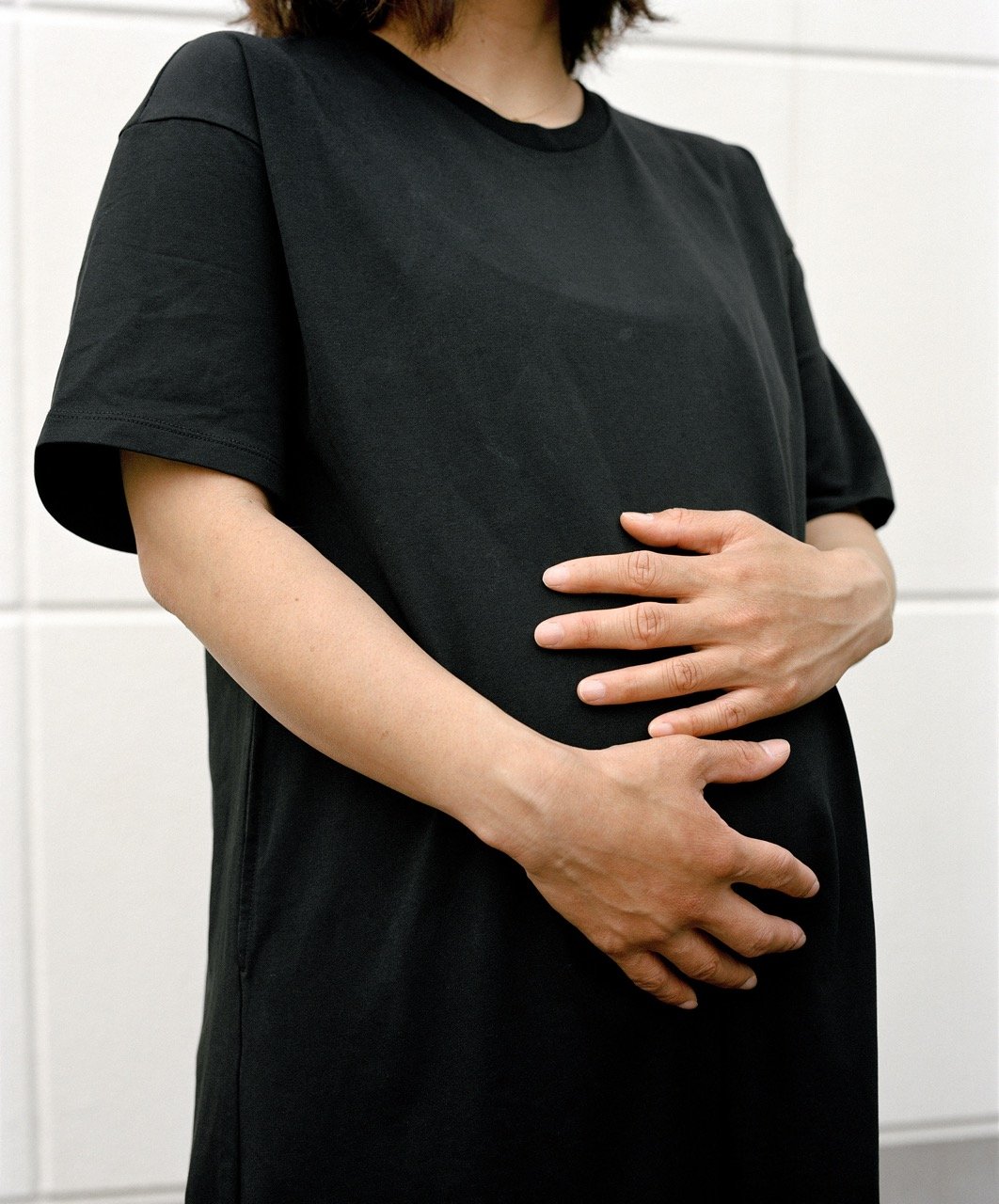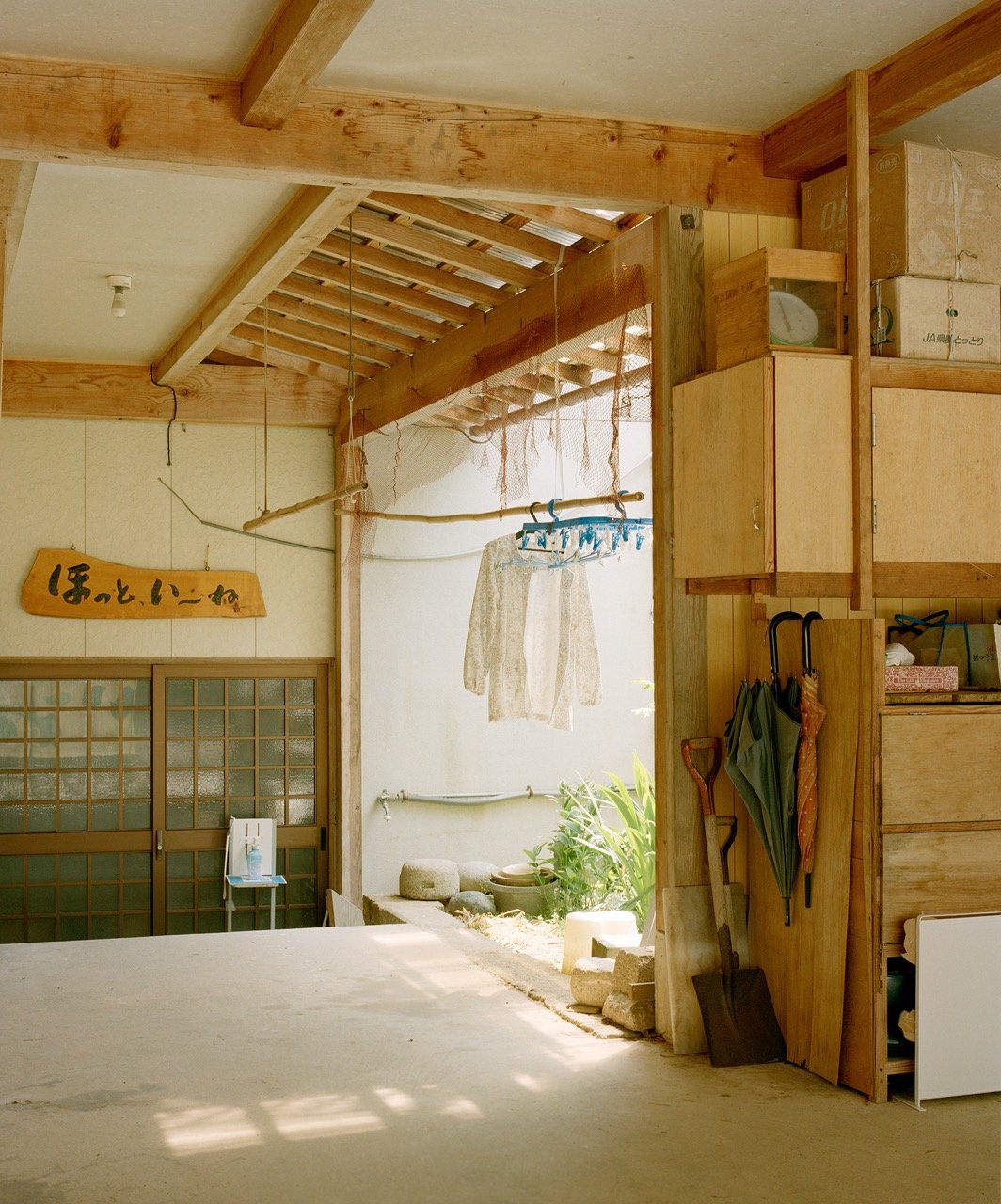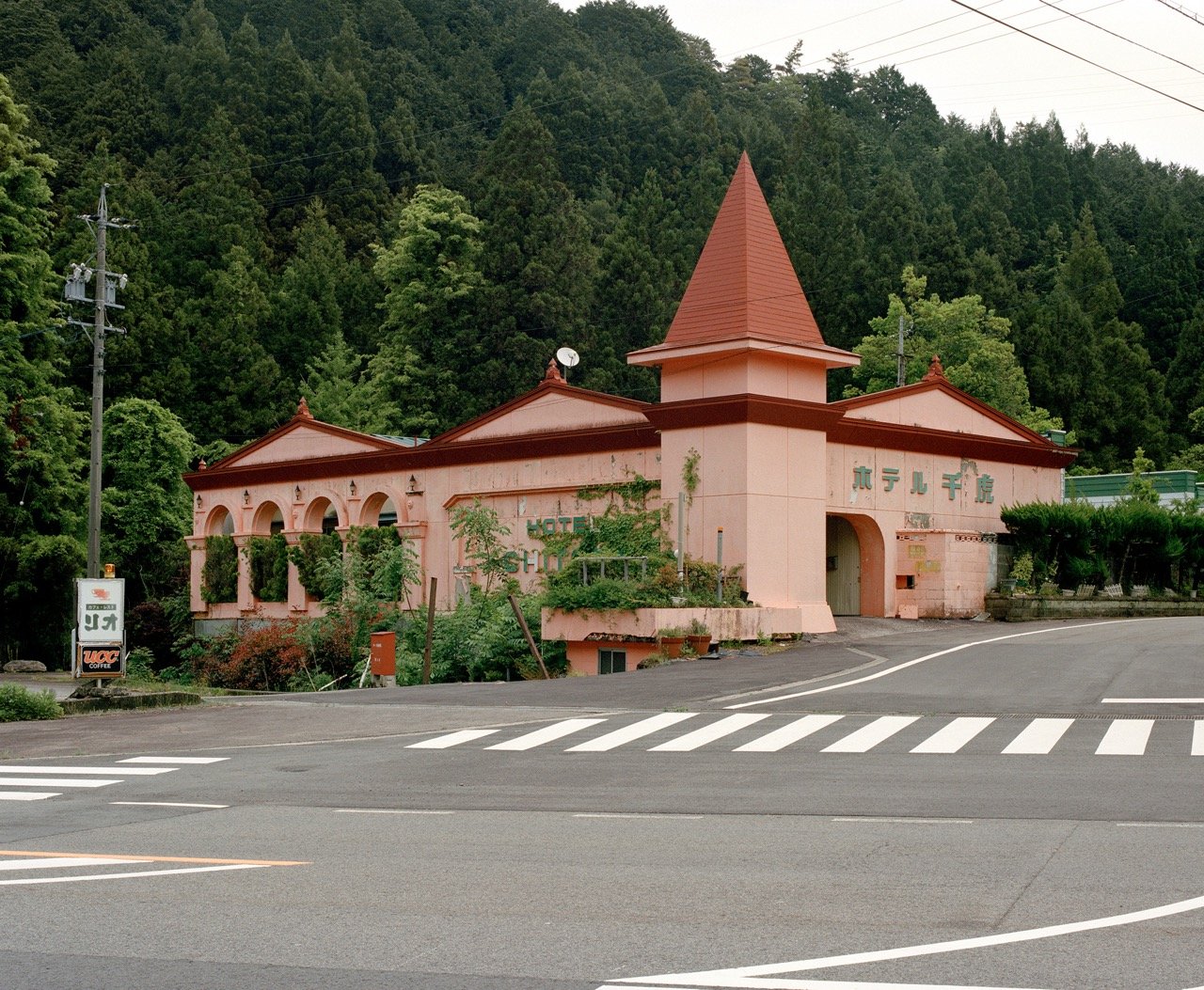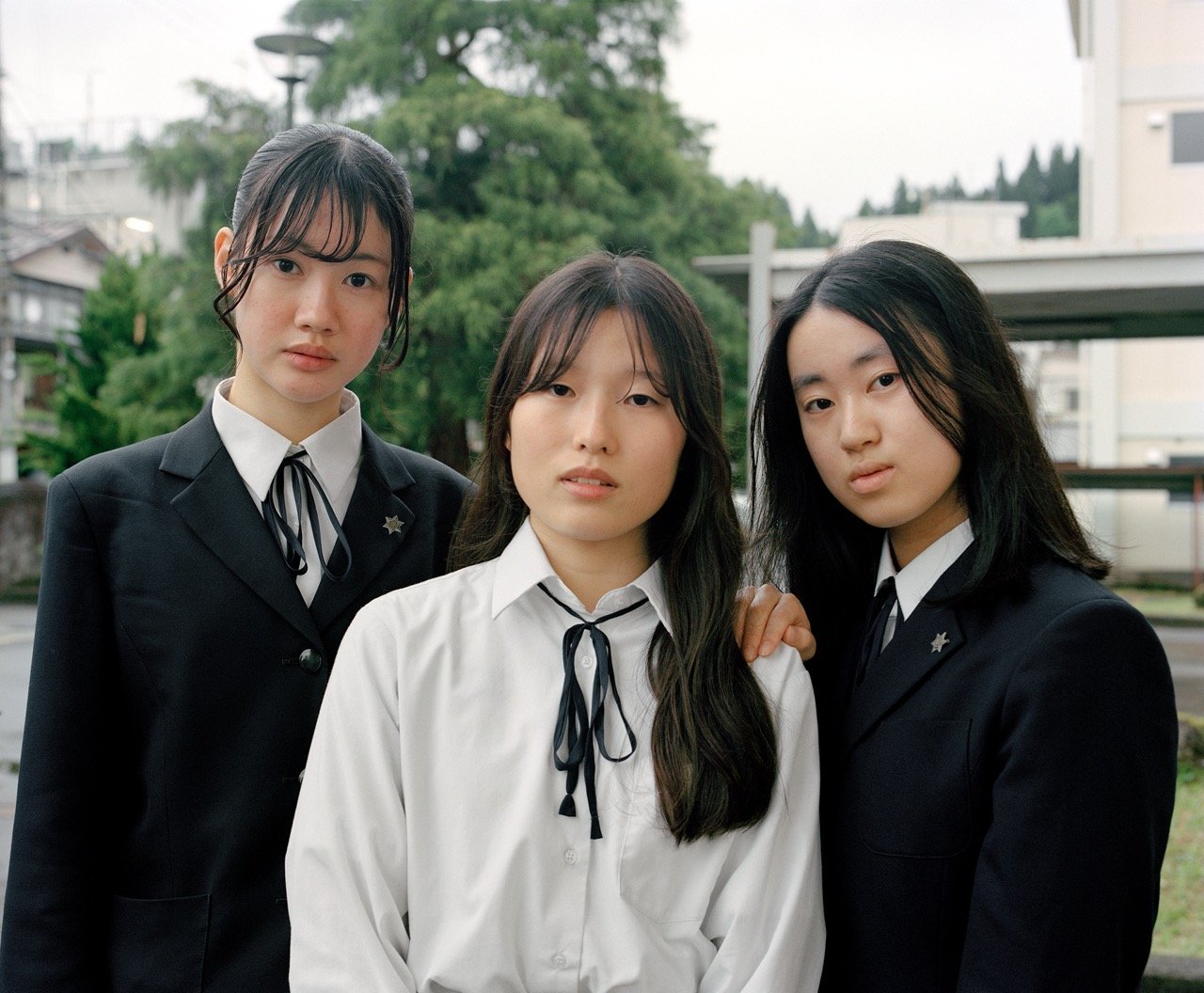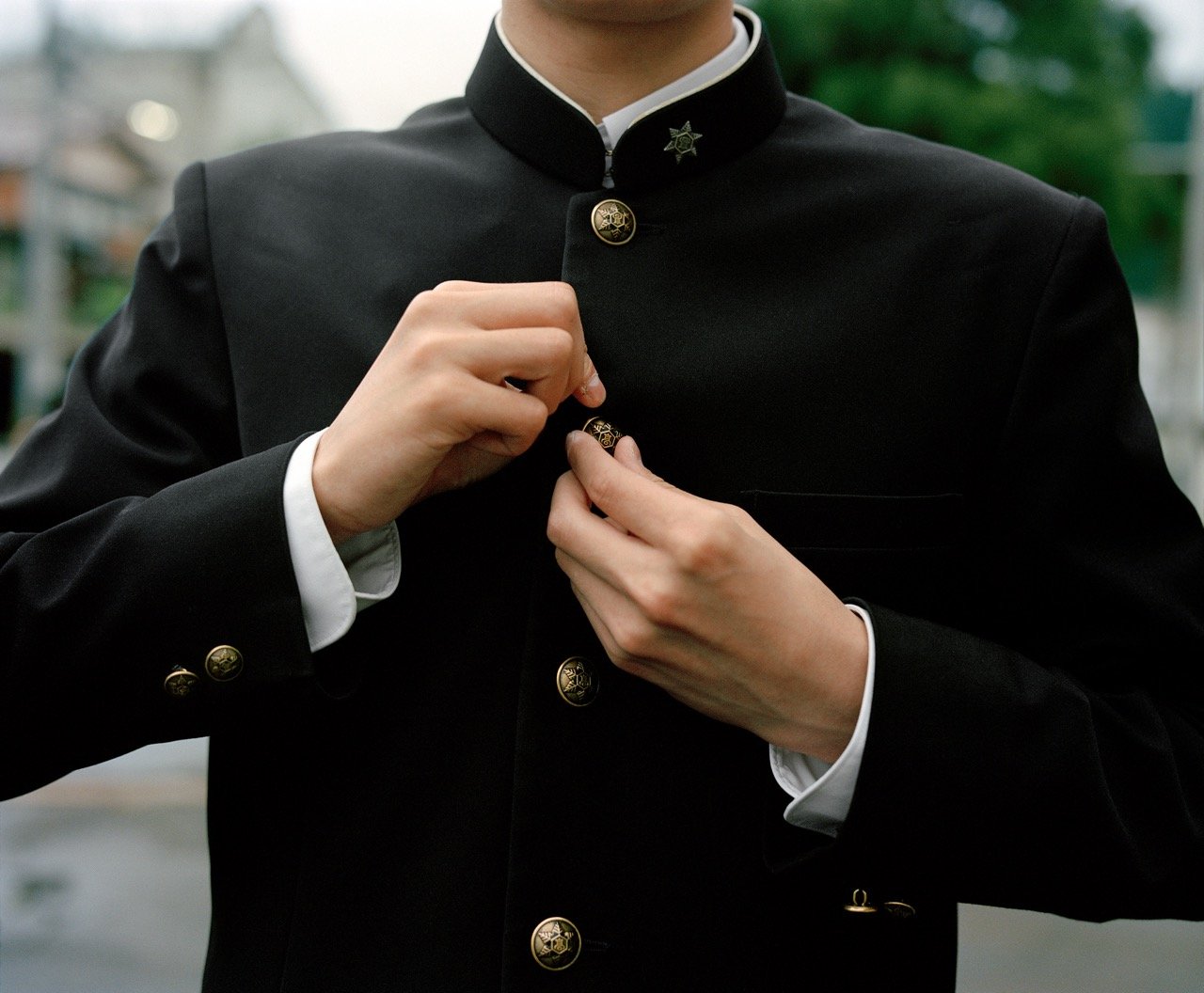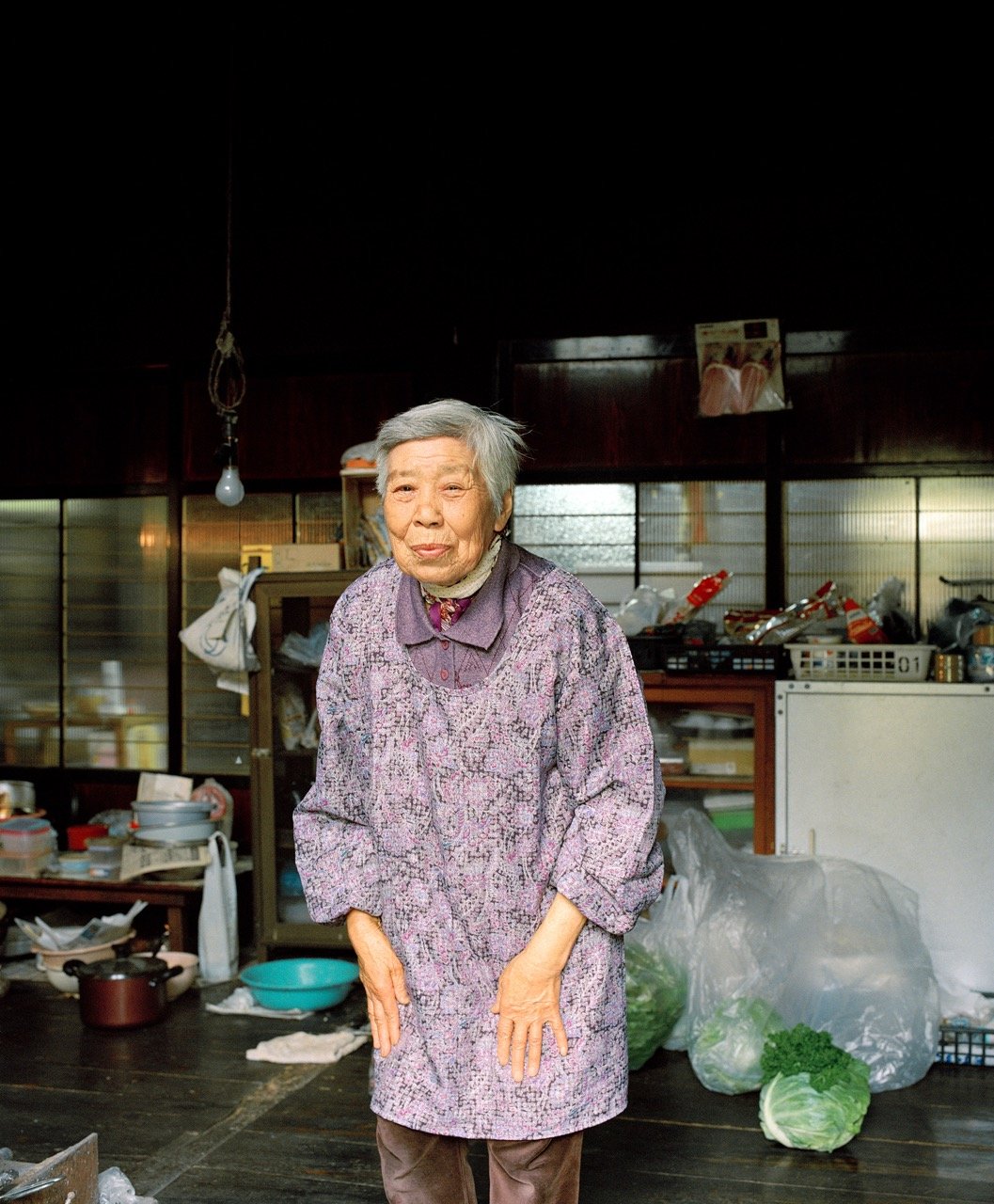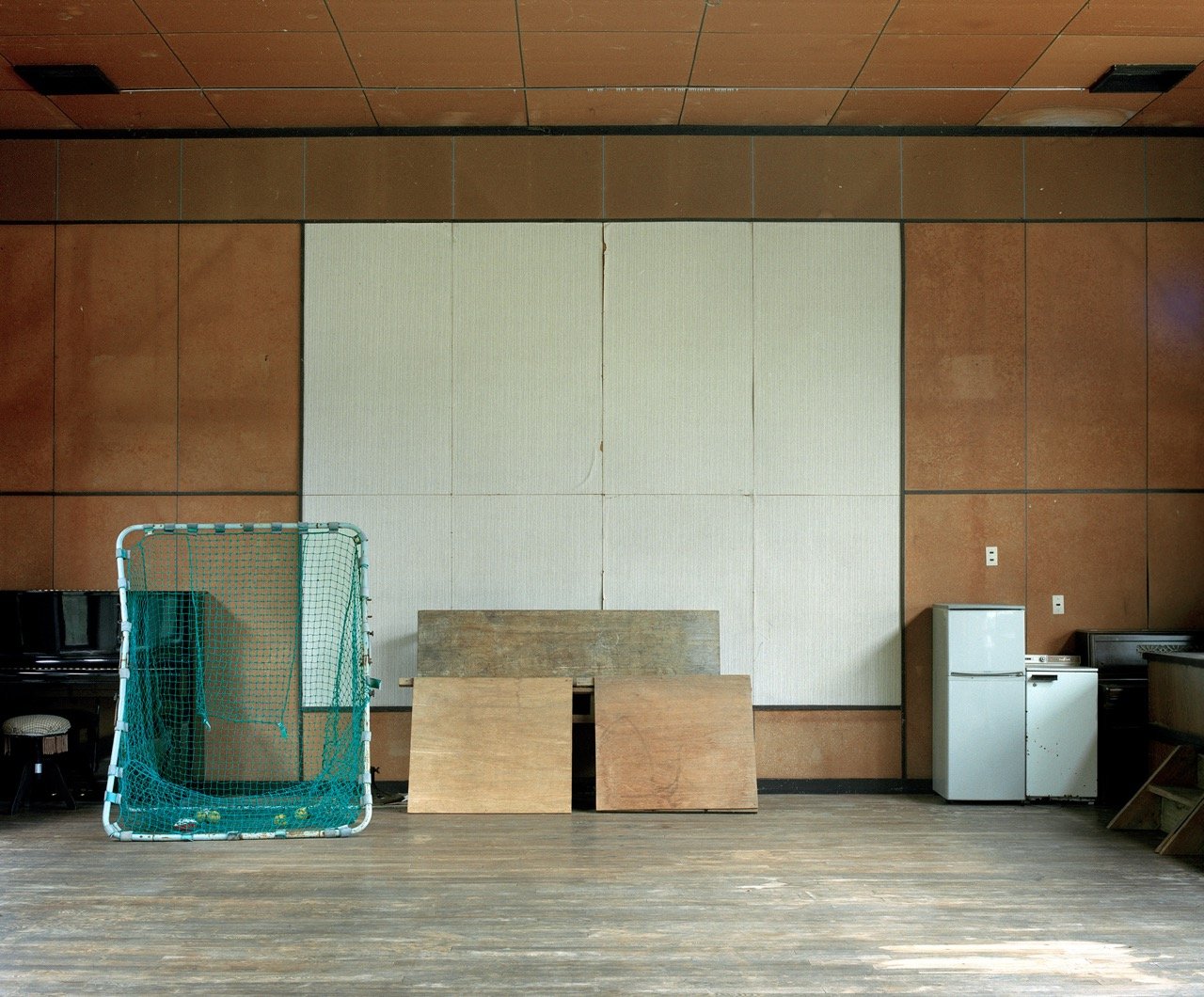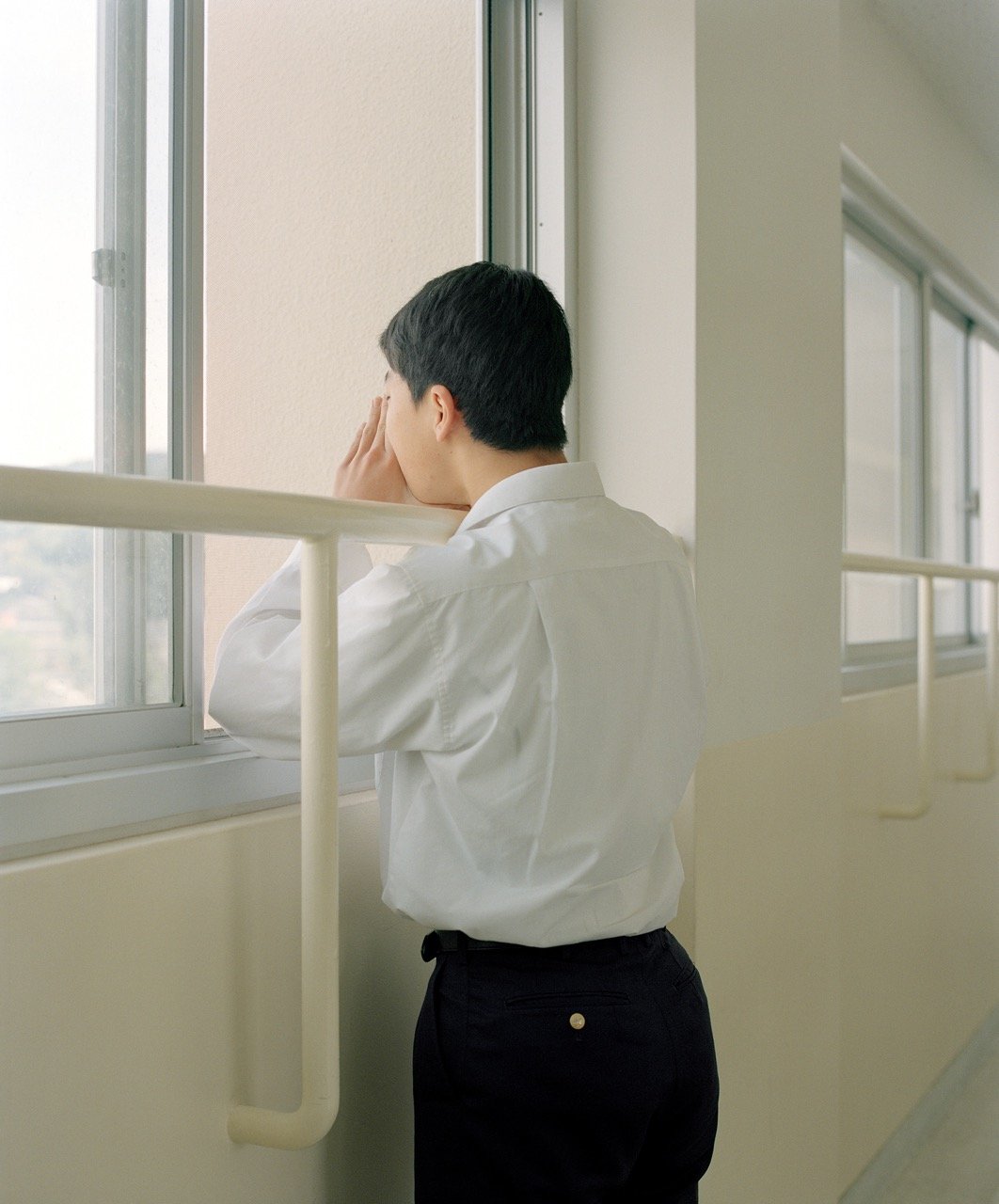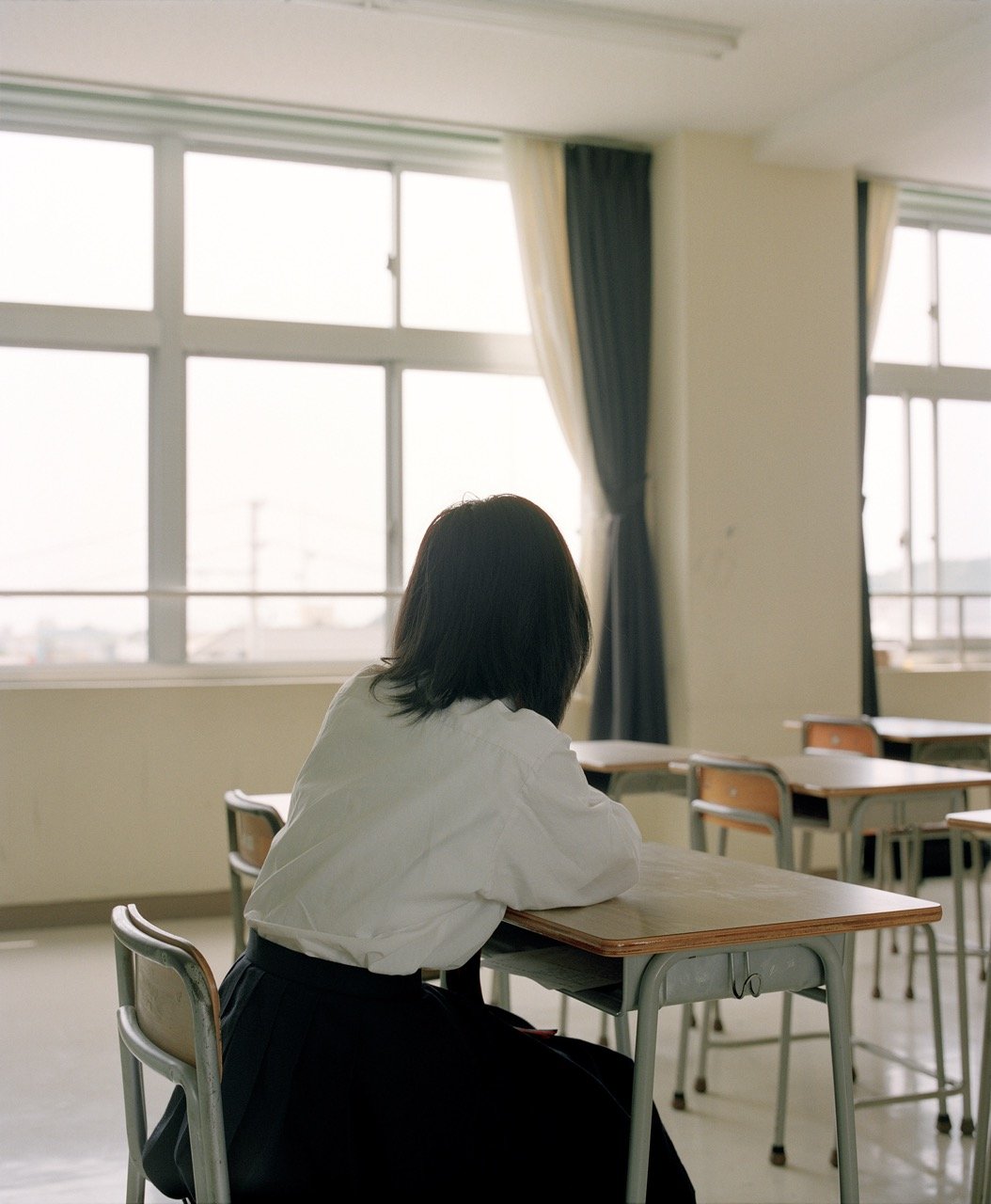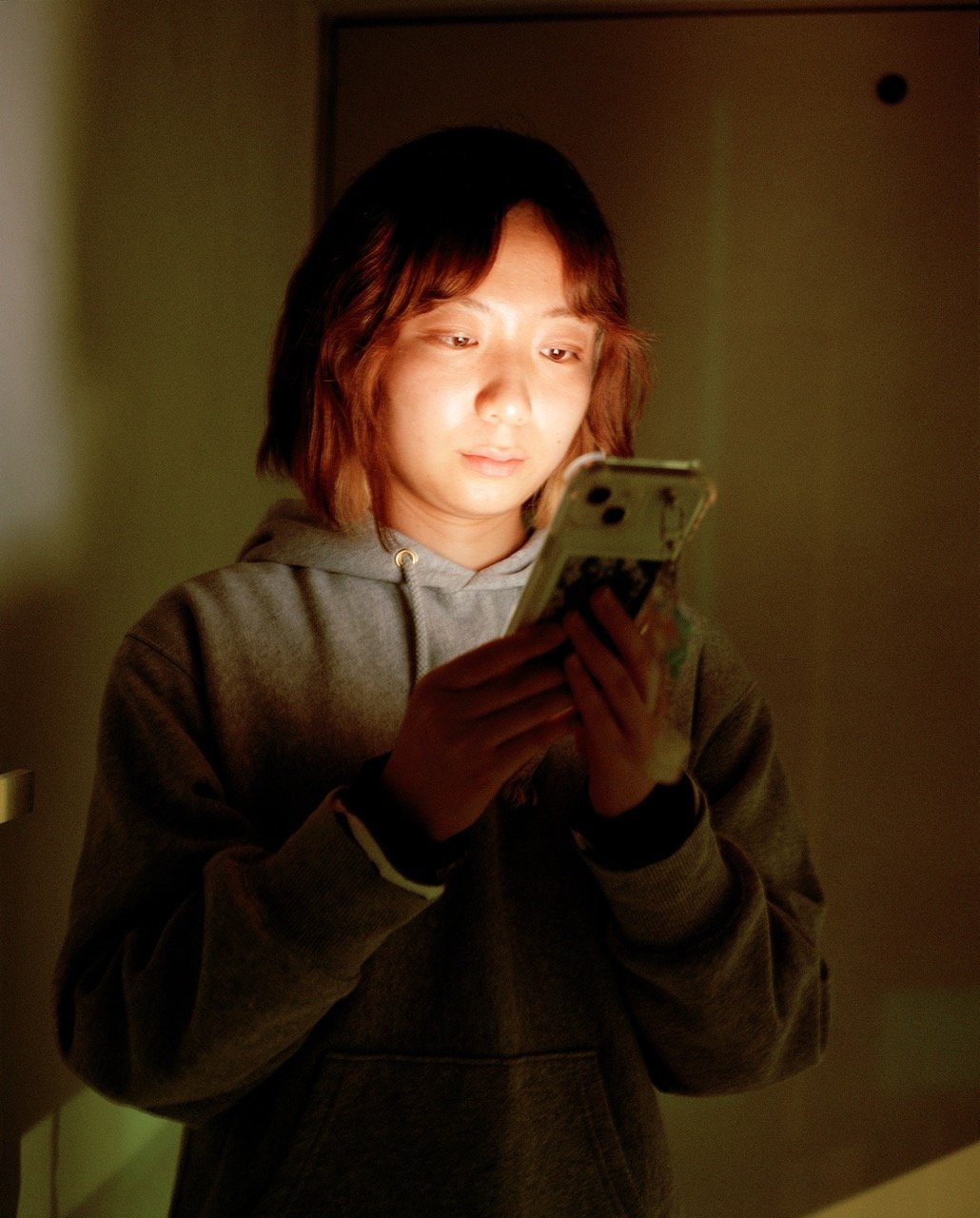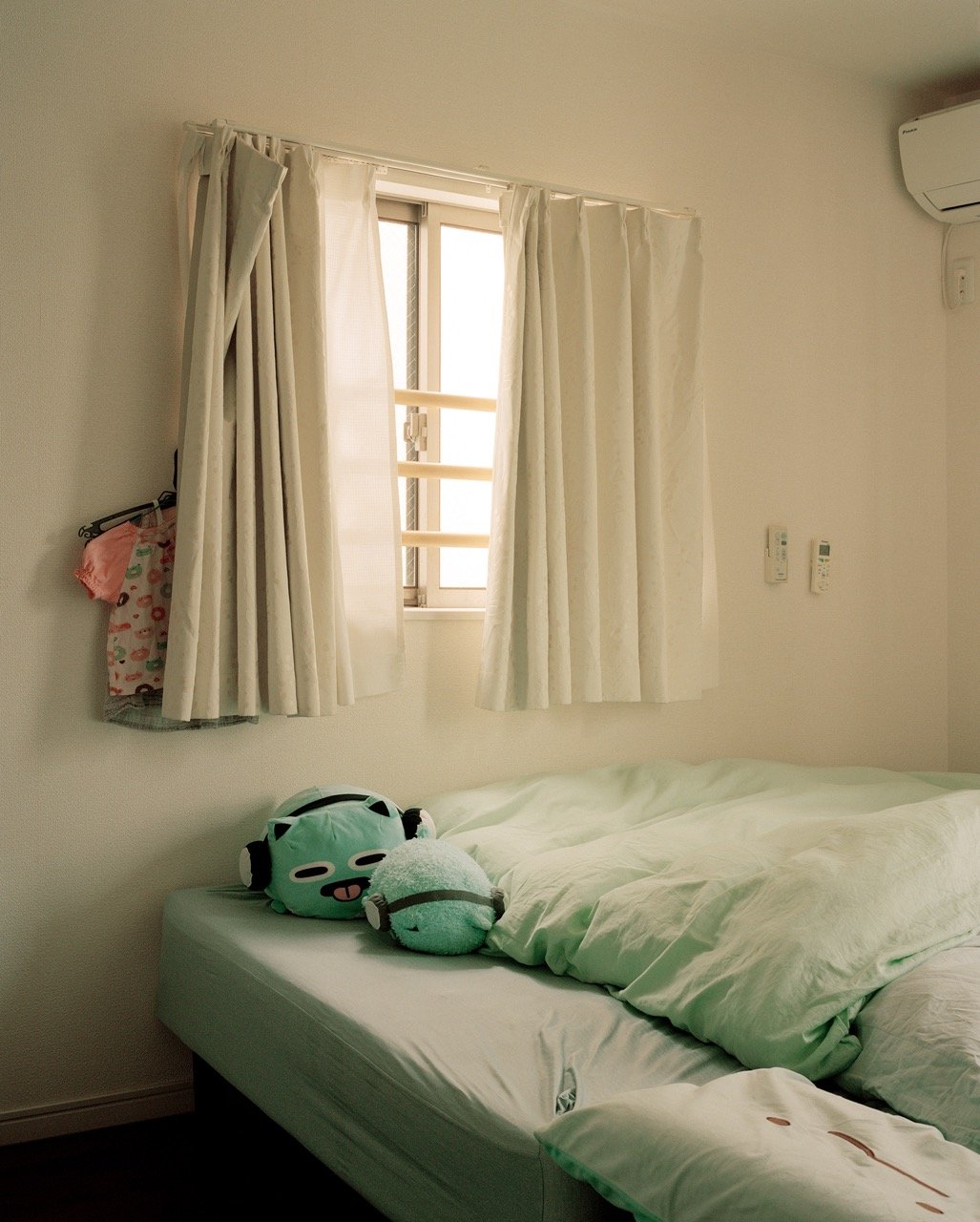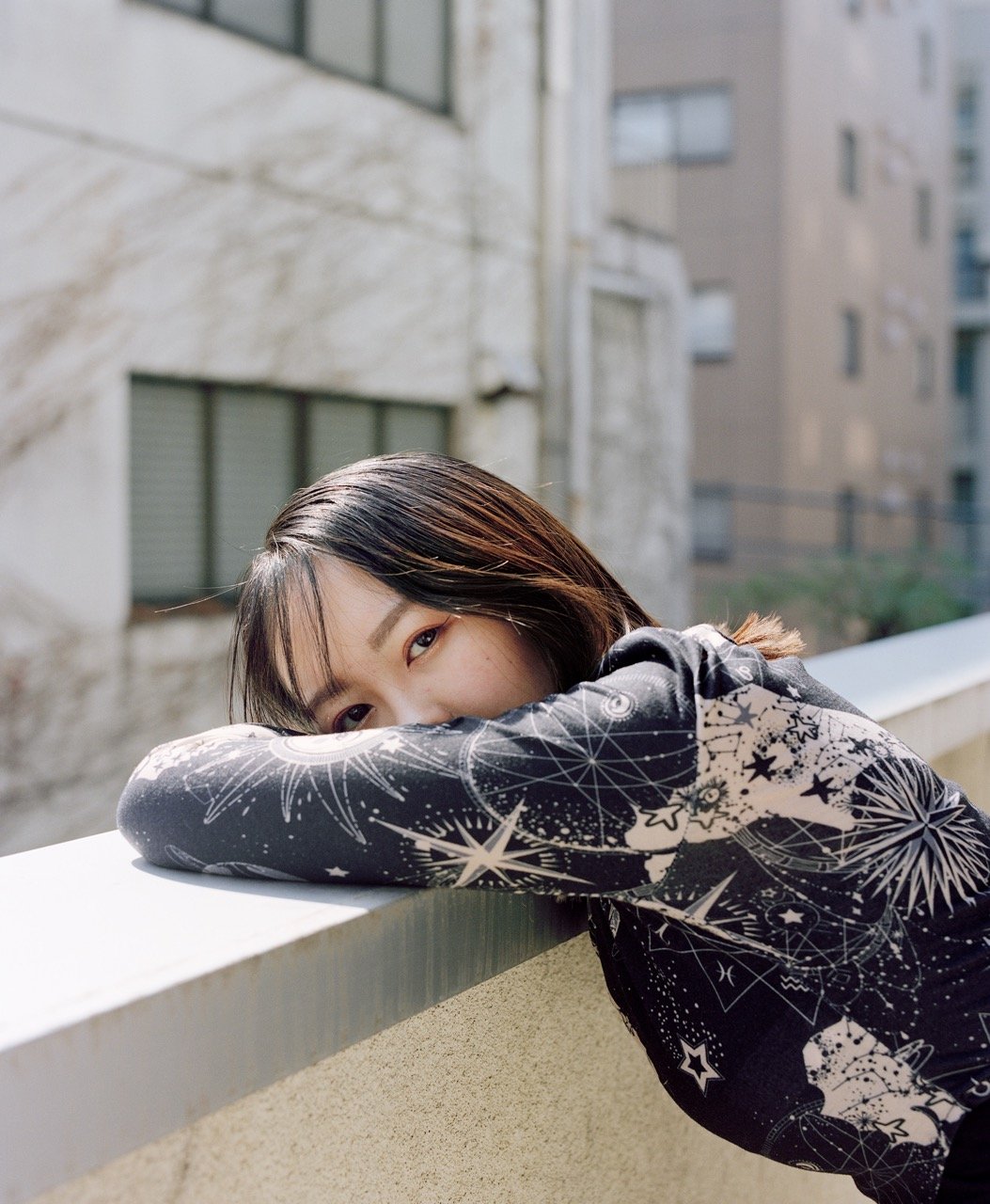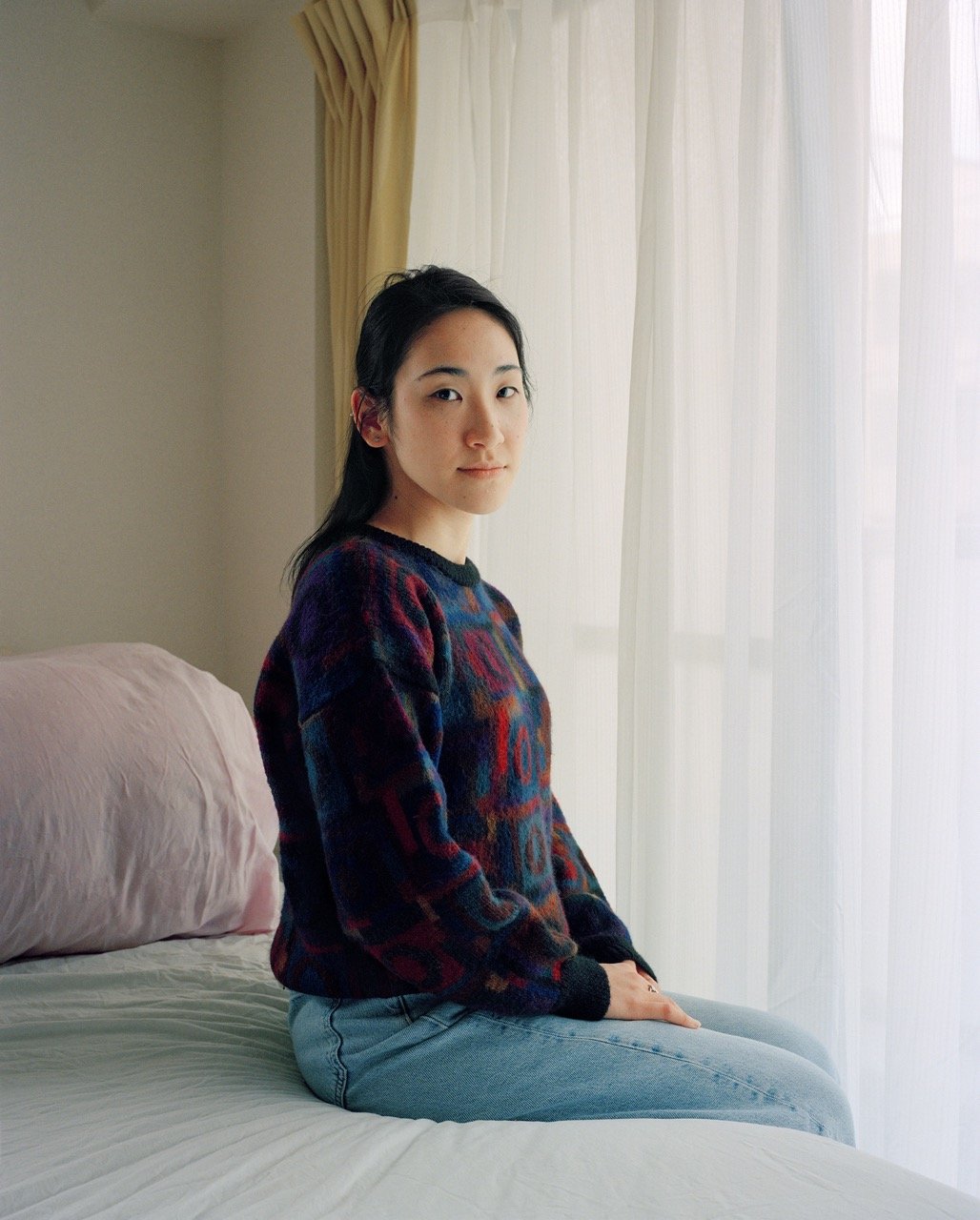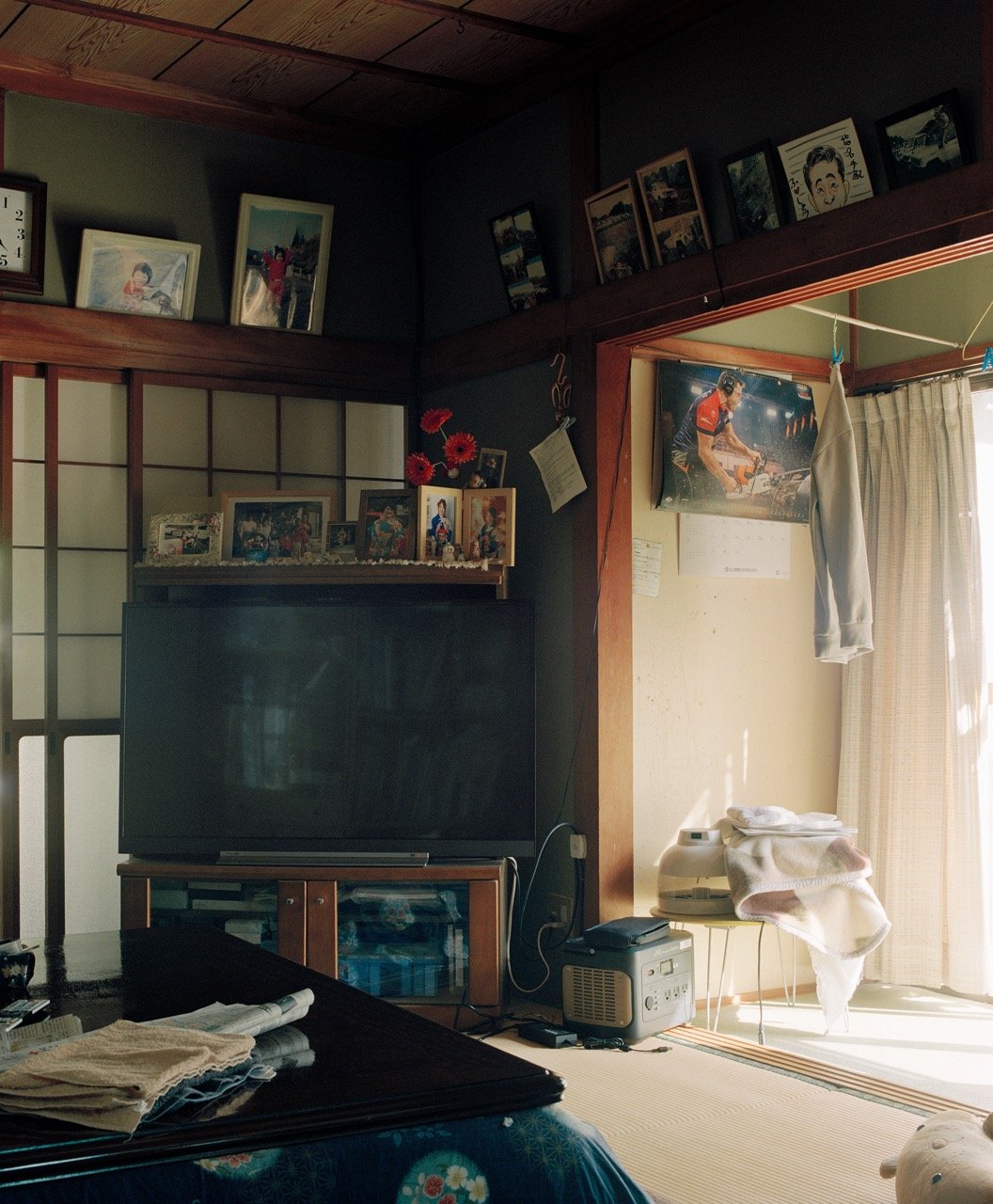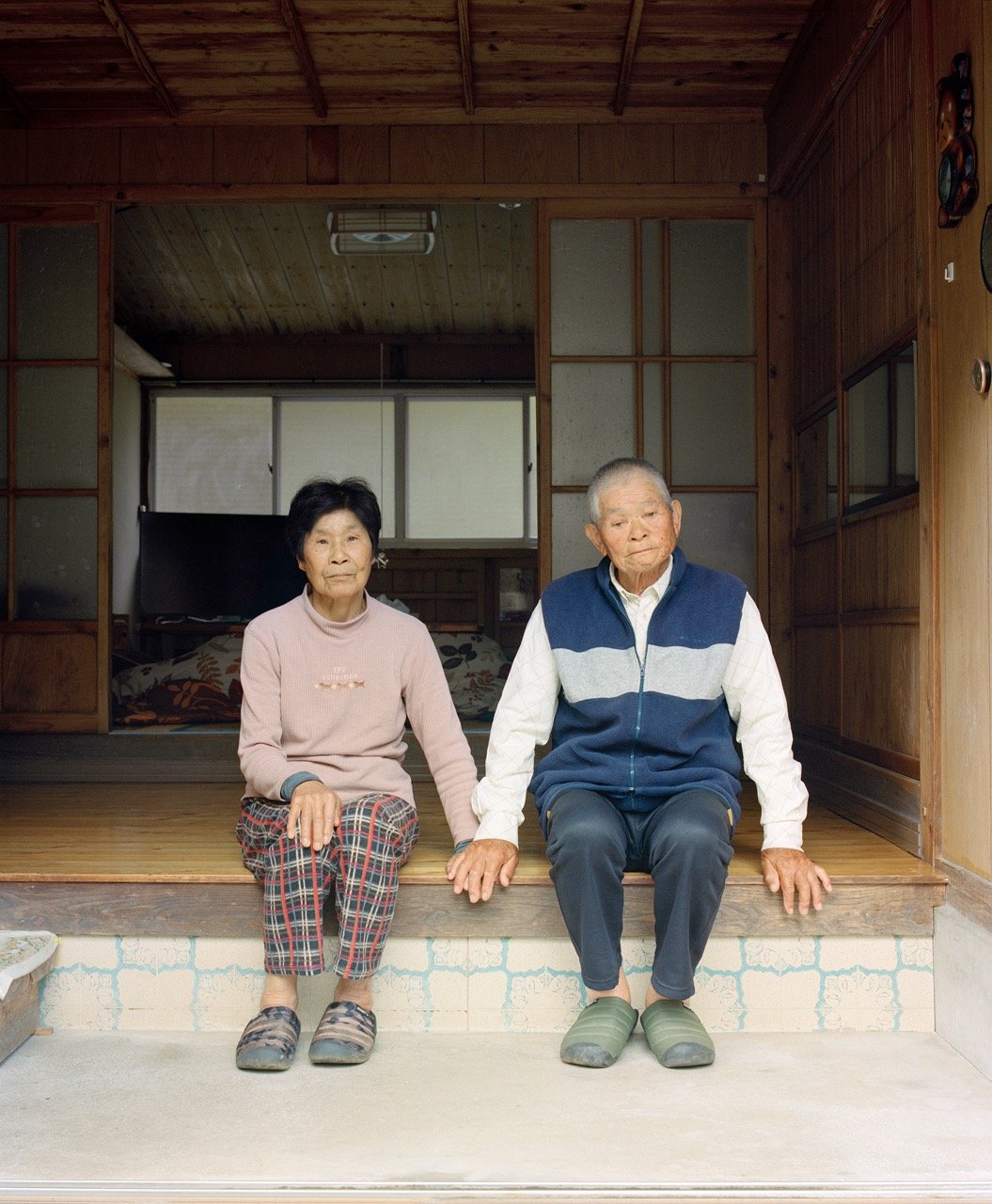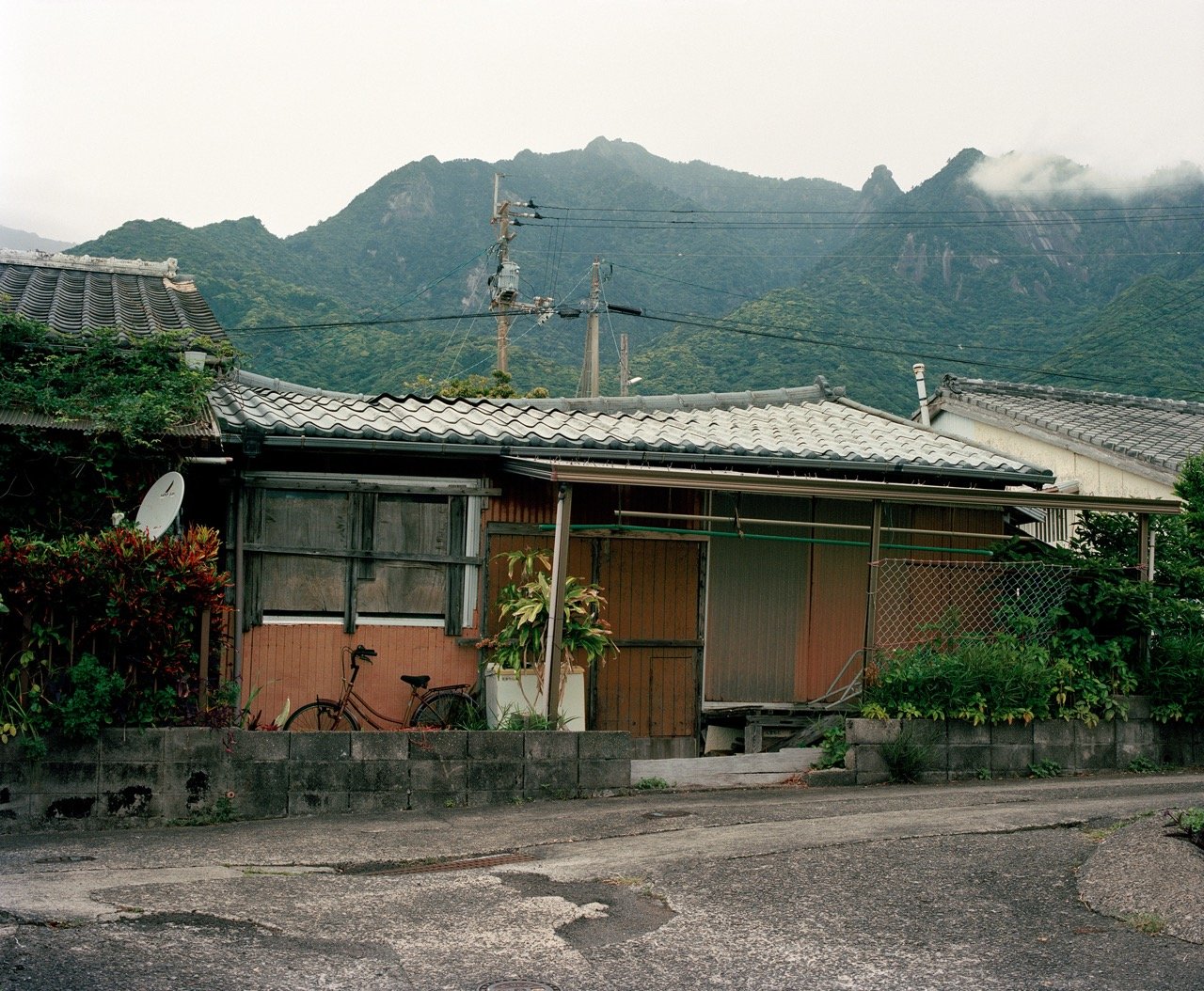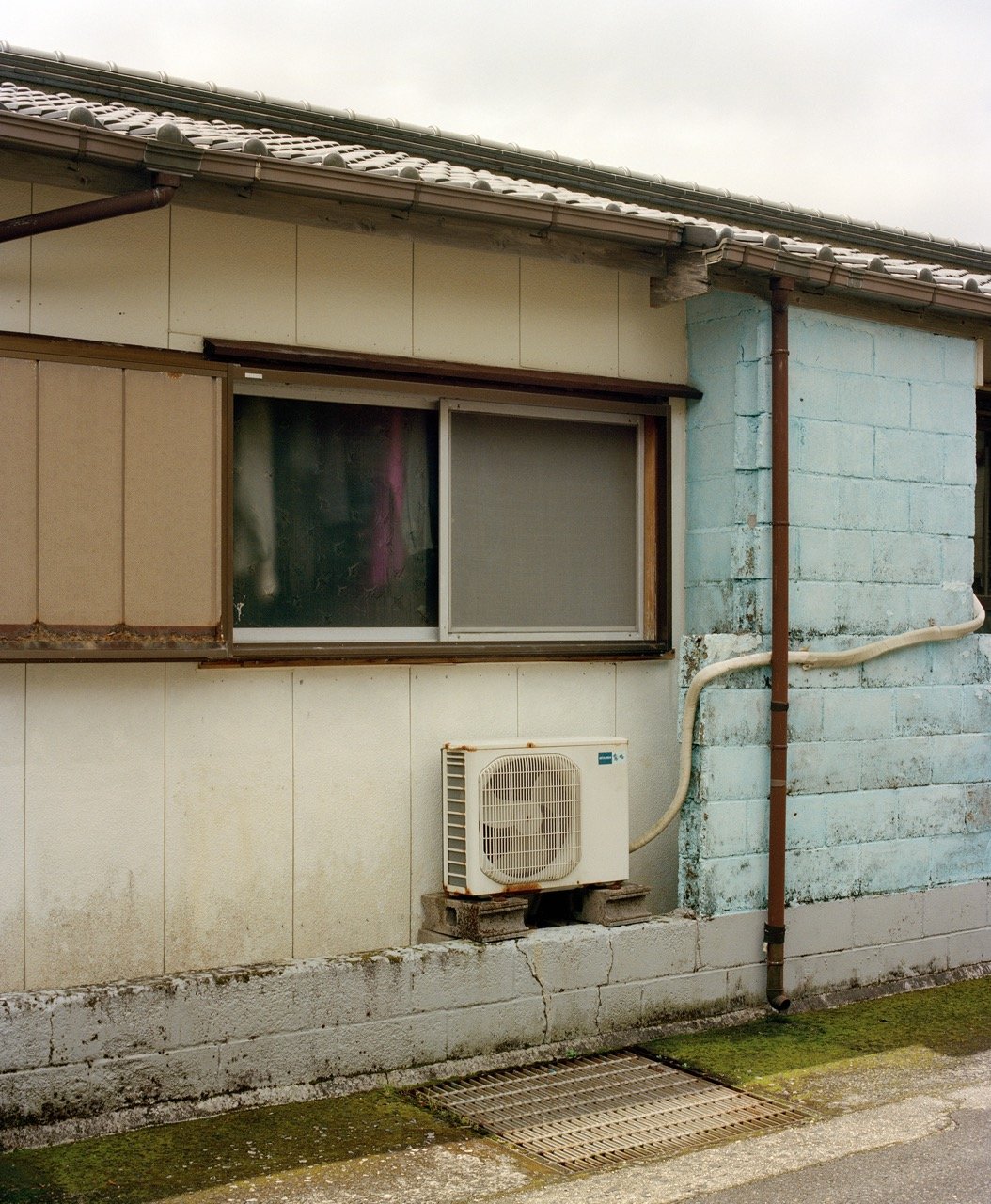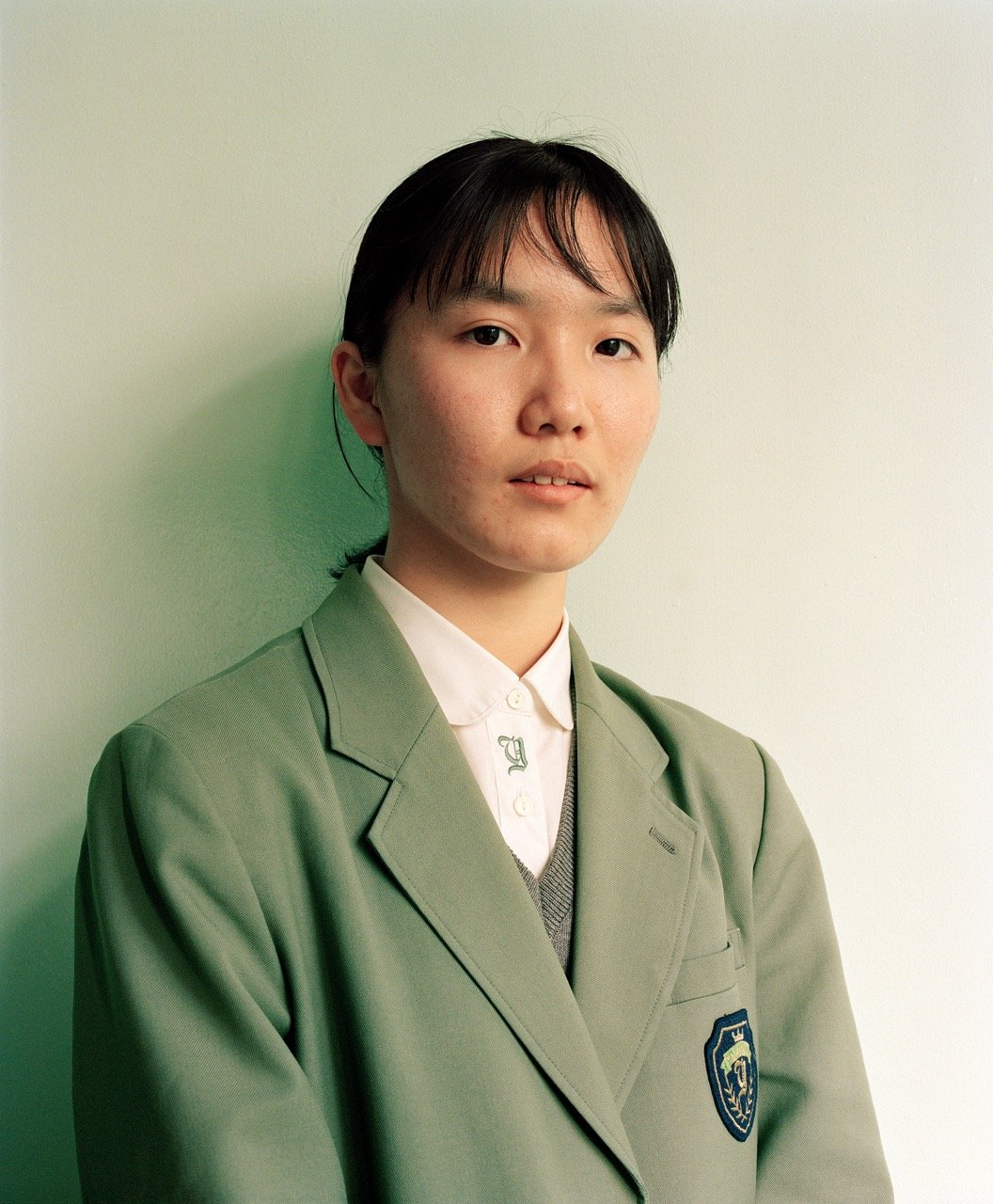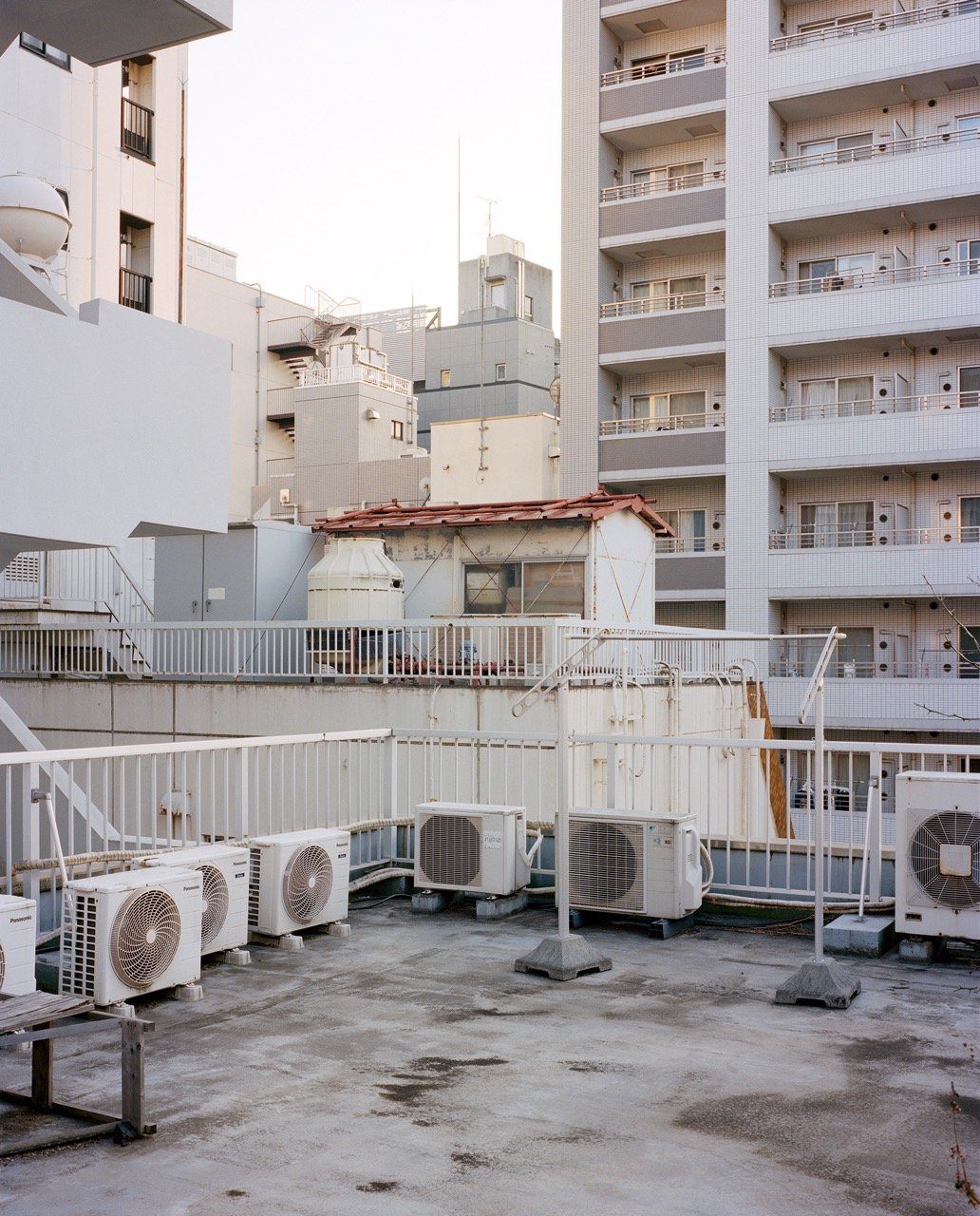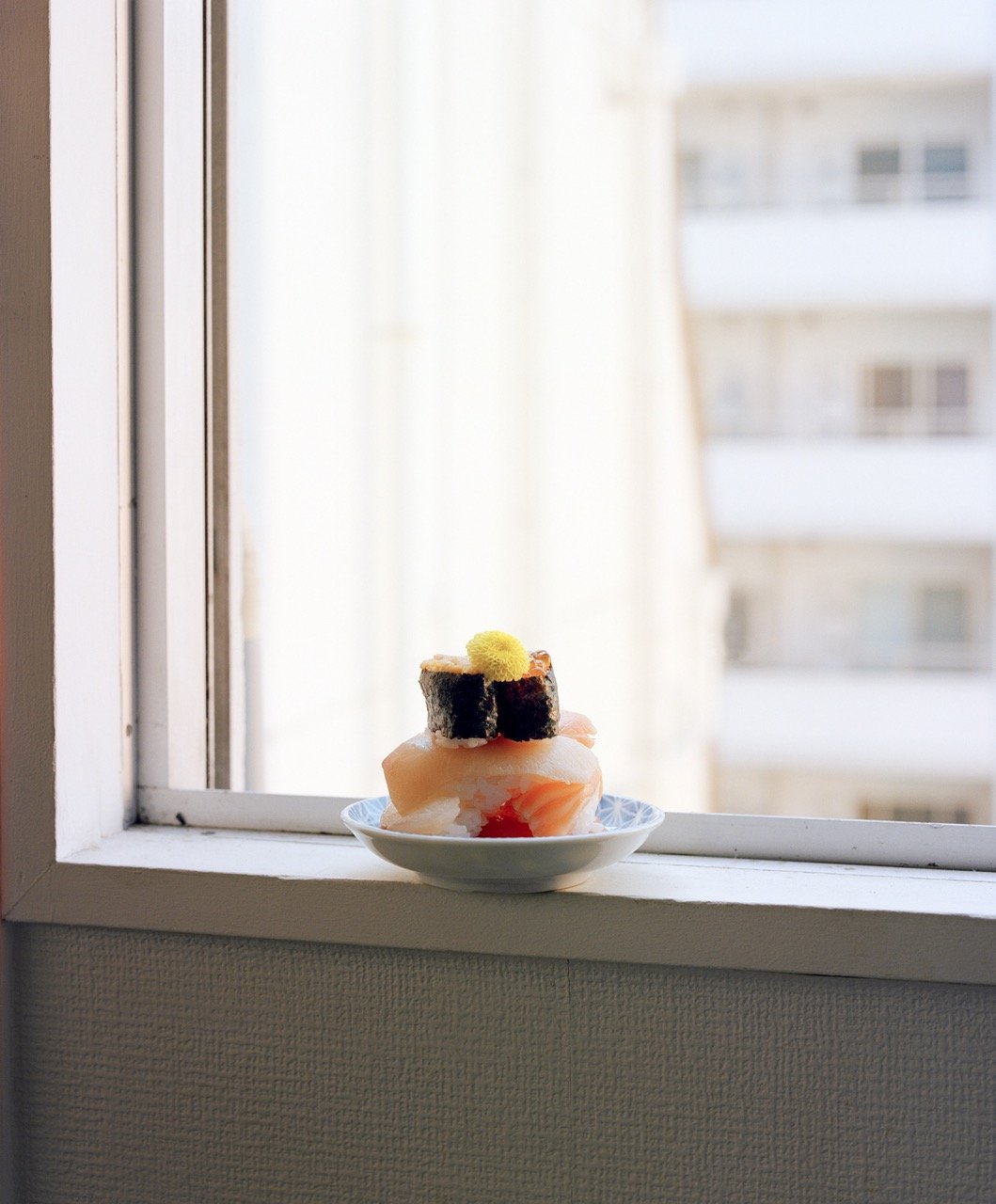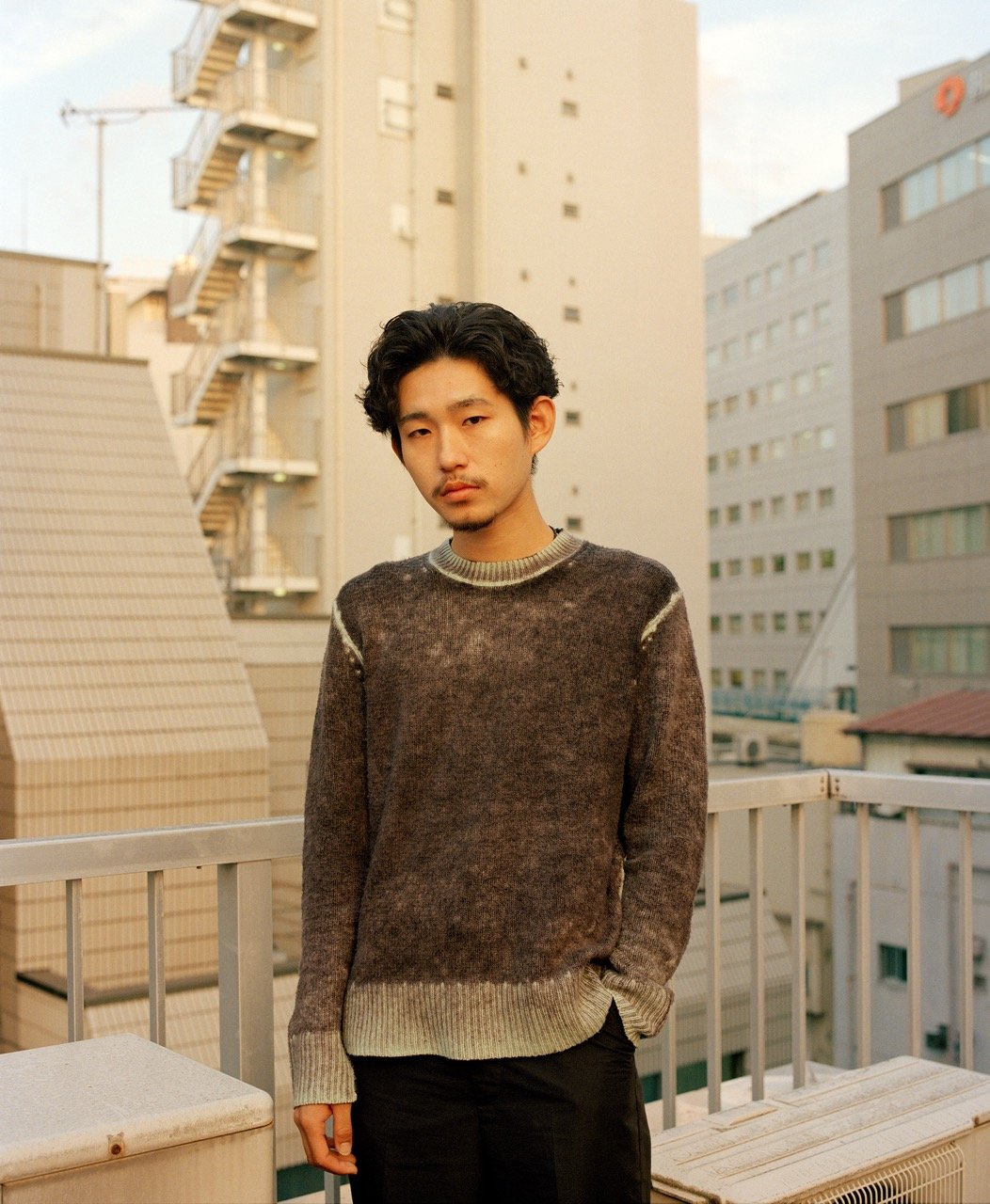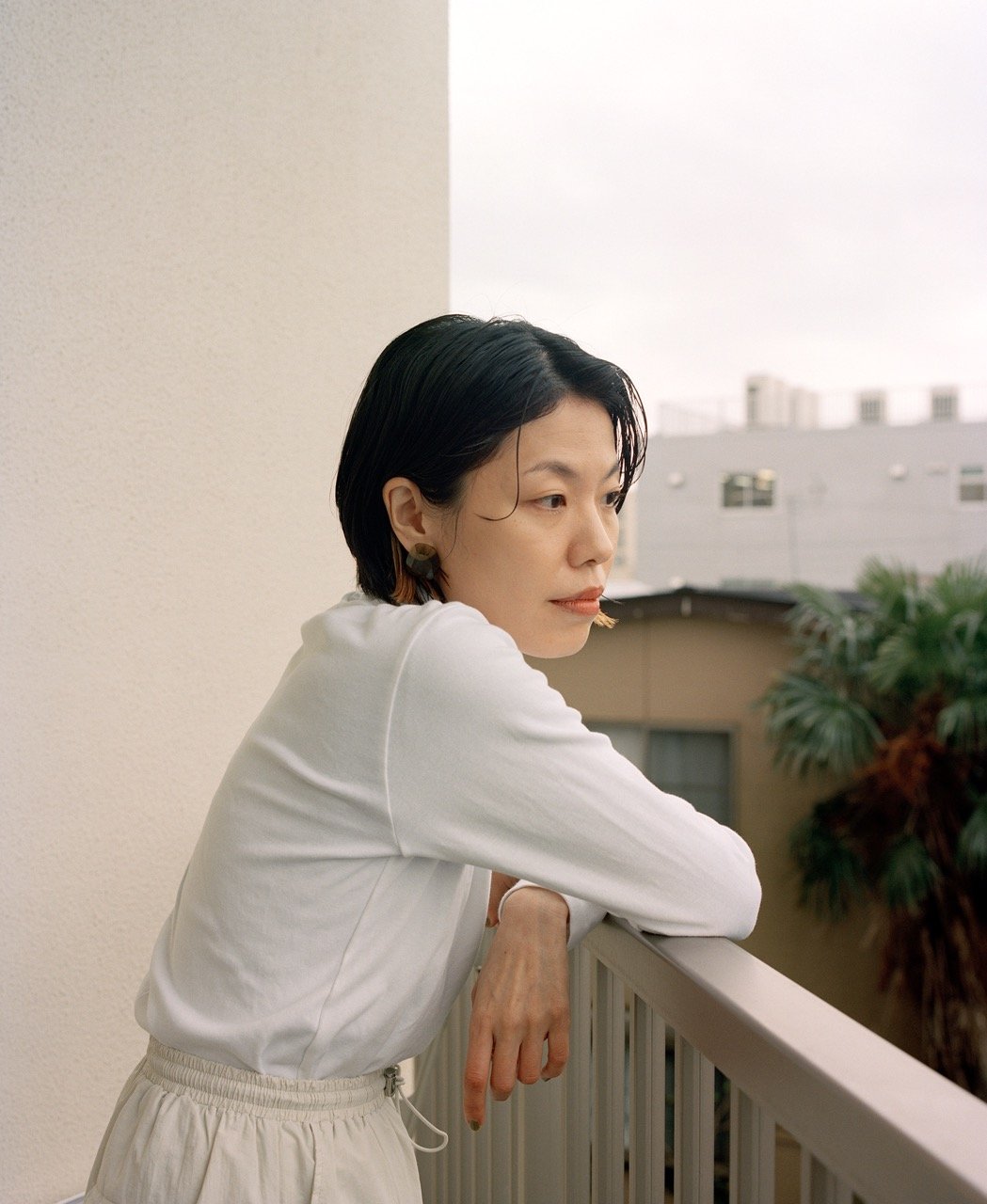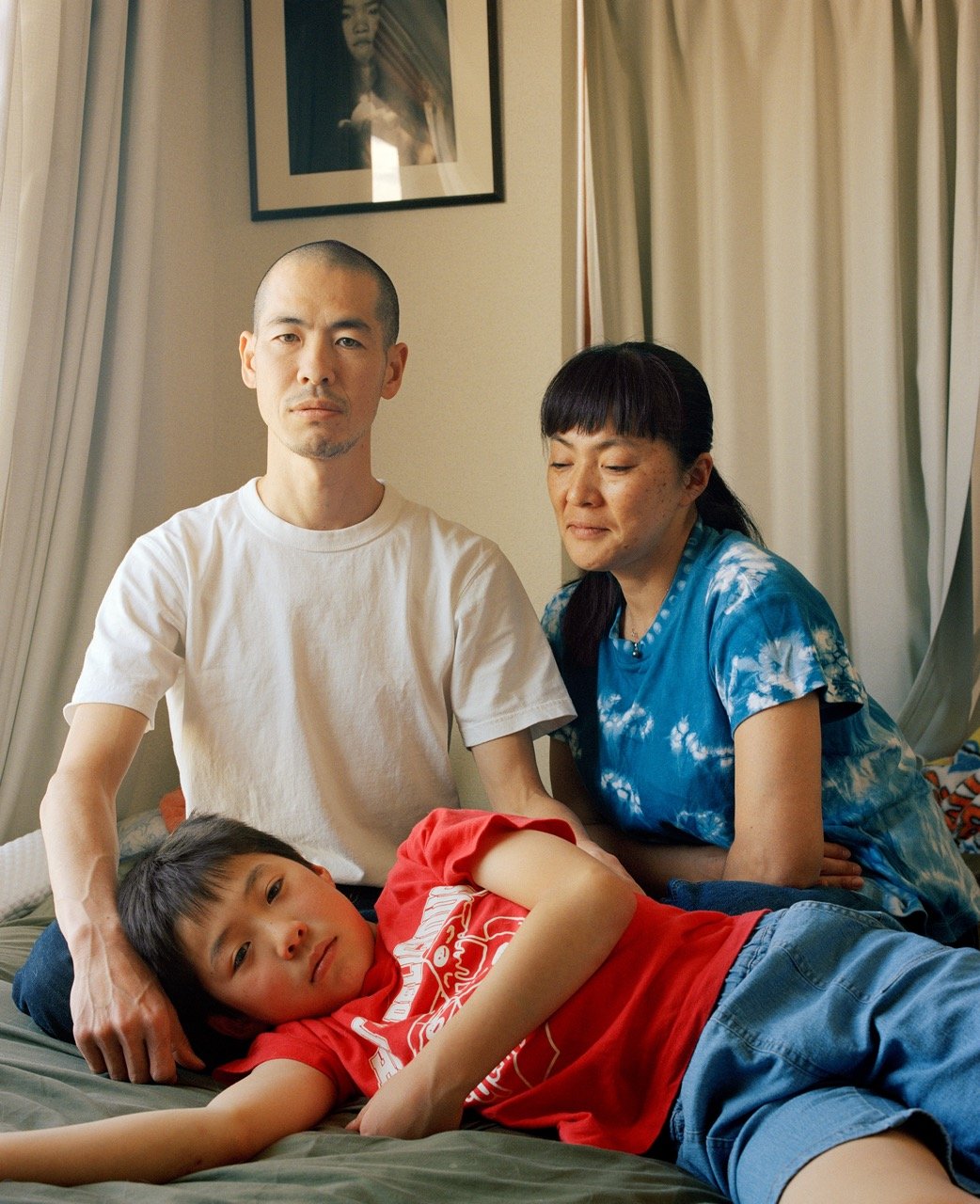Through her ongoing project Lone Islands, photographer Youqine Lefèvre maps the contours of Japan's demographic transformation, revealing how individual choices around family, work, and belonging both reflect and resist broader societal pressures. Her practice demonstrates how documentary photography can function as sociological inquiry, using portraiture and landscape to examine the tension between tradition and modernity in a nation grappling with its own future.
Youqine Lefèvre's Lone Islands moves beyond Japan's demographic statistics to examine how declining birth rates shape individual lives. Through portraits and interviews across urban Tokyo and rural regions like Kyushu and Yakushima Island, Lefèvre's ongoing project documents the complex negotiations people make between personal desire and social expectation.
Rather than symptoms of decline, Lefèvre reveals these choices as rational responses to economic precarity, rigid gender roles, and social isolation. The woman prioritising career, the couple seeking rural community, the elderly person maintaining independence: each represents a different adaptation to unchanged expectations in transformed circumstances. After months researching Japan's demographic challenges, Lefèvre travelled between contrasting environments to understand how the same pressures produce different responses. Her portraits capture subjects in quiet consideration, while intimate domestic spaces reveal the environments where these negotiations and choices are lived.
In the following interview, Lefèvre discusses her methodology, the challenges of documenting complex social change, and how she navigates the relationship between individual stories and broader cultural shifts.
Could you introduce yourself and share what drives your (personal) work as a photographer?
I am a visual artist born in China and based in Brussels. I mainly use photography, but my artistic practice also combines video, archives, research and text. I am deeply interested in the subjects of family and intimacy, which are recurring themes in my work. The questions of memory, flaws and trauma are also important to me. For each project, I always ask myself how a particular, personal story fits into a broader context, and in what ways.
What drew you to Japan's demographic changes as a central narrative for this project?
My previous work, The Land of Promises, focuses on my international and transracial adoption and China's birth control policy. One of the consequences of this policy is the sharp decline in China's birth rate – and thus the acceleration of population ageing. In China, the causes are quite obvious: the so-called 'one-child policy' and the preference for sons, among other things. It is well known that Japan has the highest proportion of elderly people, but I wondered why the archipelago was experiencing similar problems when the context is quite different. So I began to conduct research on the causes, consequences and possible solutions to this 'problem'.
In your previous projects, you often explore themes of identity, belonging, and family. How did your earlier work inform your approach to Lone Islands?
One of my previous projects, Far from home – about children temporarily placed in a foster home isolated in the Swiss mountains – allowed me to establish a visual style. The Land of Promises also marks a visual evolution—I'm no longer following the same people in a unique place for three years, but also in the creative process. This work is more documentary and includes research; one could say that it has a sociological dimension. Lone Islands is a direct continuation of the previous work, with the difference that it does not start from a personal family story and includes more highly staged photographs. The project also includes a video that is very different from what I have done before.
How do you approach structuring a story that moves between political, intimate, and cultural themes?
For Lone Islands, before starting to take pictures, I spent several months researching the context. It's important to study your subject before meeting people, so you know exactly what you're talking about, but also to remain open-minded and remember that research is theoretical. During my trips to Japan, I tried to meet as many people as possible, with different profiles. The personal is political, and in one way or another, the small story connects with the big one. More factually, in this work, the vast majority of the portraits are accompanied by a testimony, while the other images—landscapes, still lifes, staged scenes and so on—focus more on the context. Both the interviews and all the images provide information about Japanese culture.
You discuss the comparison between Kyushu and Yakushima Island. How did the contrast between urban and rural settings shape the narrative?
Before starting this work, it was clear to me that I needed to compare urban and rural areas in order to gain a view of the whole as comprehensive as possible. Even though most of the people I met in rural areas (in Kyushu, on Yakushima Island, in Niigata Prefecture, on Sado Island, and in the Kyoto area) live in relative isolation—and over time, villages will continue to depopulate and the number of vacant houses will continue to increase, some places have a fairly strong sense of community. This is something you don't find in the city, where, paradoxically, you are constantly surrounded by people but could still feel alone. Being alone together. Cities and the countryside are interconnected by, among other things, rural exodus and the arrival of neo-rural dwellers. The consequences of the declining birth rate, which are having a significant impact on rural areas, serve as a warning to the rest of the archipelago if solutions are not quickly implemented.
How do you see the relationship between the interviews that you conducted and your photographs / What have you learned about building trust with participants, and did this process differ in Lone Islands?
I try to ensure that the portrait reflects the content of the interview, but that it can also exist as a standalone image. Both during the interview and the photo shoot, I try to be as attentive as possible, to really listen and look. Through the very act of taking the picture and in the image itself, I convey a lot non-verbally, often unconsciously. As with The Land of Promises, most of the portraits are one-off encounters, where I do my best to make the person feel as comfortable as possible. My attitude plays a big part in this. I try to make sure that the person in front of me does not feel judged. I think that being a woman in this case works in my favour. And that experience gives me more confidence, which is also reassuring.
Across your projects, you return to questions of home and displacement. How does Lone Islands continue or challenge your understanding of these ideas?
That's a good question. Lone Islands includes people who have moved from the countryside to the city, moved for example from Tokyo to the suburbs to start a family, Westerners who have come to Japan to study or work, "trainees" from other Asian countries who have come to work for a (very) limited period of time, and neo-ruralites for whom the pace of city life has become impossible. If no effective measures are put in place quickly, the situation in the archipelago will continue to evolve rapidly. What does it mean to live in a rural area when you are one of the last inhabitants of a village, and you know that your children will not move back to take over the house, that public services are dwindling and that the number of vacant houses is constantly increasing? Or what does it mean to live in a bustling city that is always on the move, but where you have very little interaction with your neighbours, where the number of single people is increasing because it is becoming more and more difficult to find a partner, or where it is simply not a priority? What does it mean to start a home, a family in Japan today? What is a family nowadays?
As the project evolves, what signals to you that a narrative thread is complete, or does the story remain intentionally open?
For this project, I created a mind map to help me see whether or not I was covering all the topics. With such a broad subject, it is difficult to be truly comprehensive. There is also the risk of treating things too superficially, or of losing oneself. There are also some topics that are more difficult to show. These would require much more time. In this case, after doing everything I could to find someone who fit this profile, but despite my efforts, no meeting was possible, and in the event that I cannot create an image that refers to this particular topic, I have no choice but to move on. The fact that it is invisible in the project also speaks volumes. And finally, time helps to gain perspective on one's own work. Often it is after several months that I realise a project is finished.
